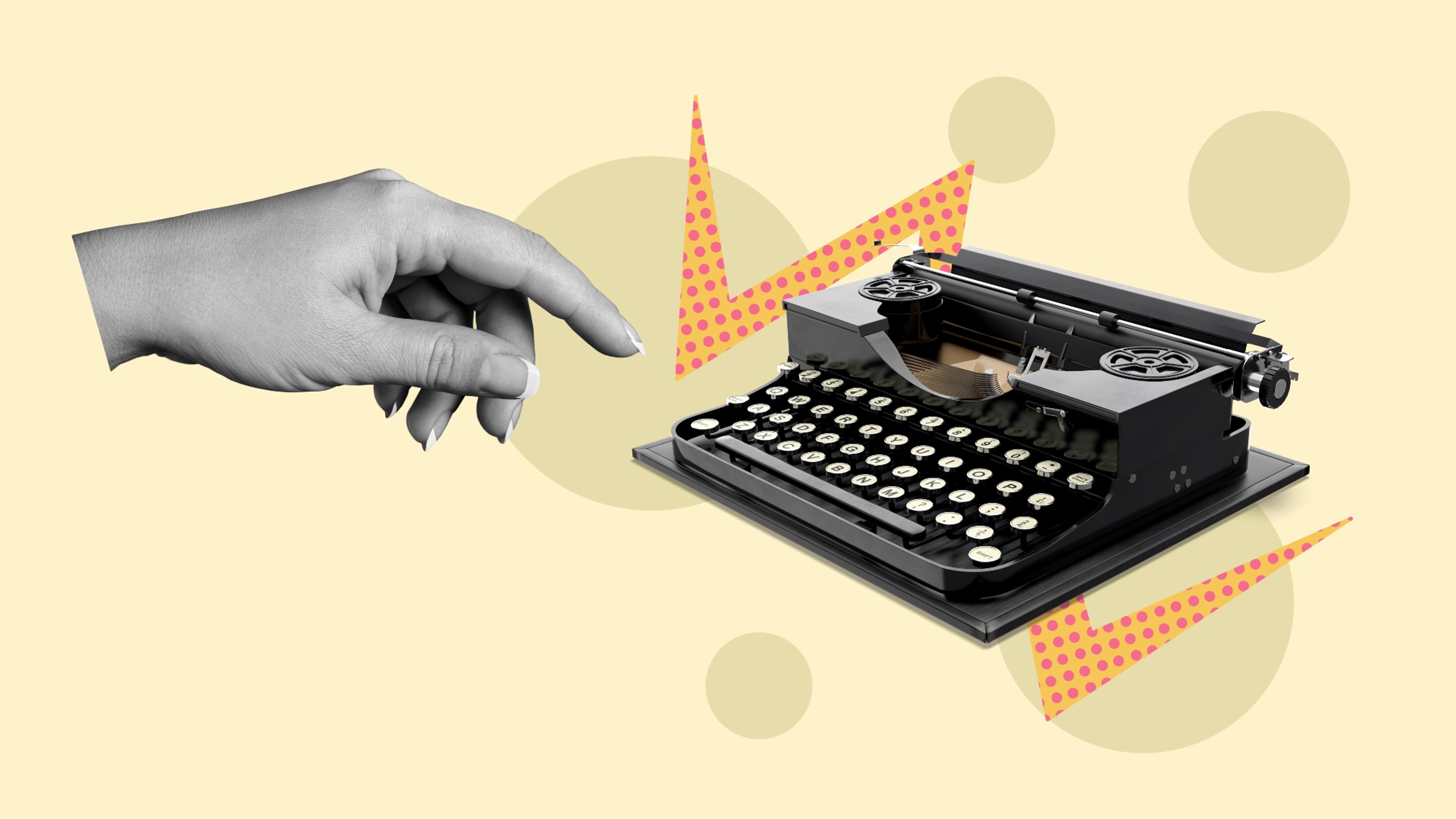Jordan Peterson’s 10-step process for stronger writing

Clinical psychologist Jordan Peterson poses during a photo shoot in Sydney, New South Wales. (Photo by Hollie Adams / Newspix / Getty Images)
- The best way to improve your thinking is to learn how to write, says Jordan Peterson.
- His 10-step process for writing an essay is time consuming, but the benefits are worth it.
- From the granular to the macro, every facet of writing a solid essay is covered in his template.
Becoming a better writer is a means for becoming a better thinker, says Canadian professor Jordan Peterson. Arranging your thoughts on a page in a coherent fashion organizes your thinking process so you can better understand it, which translates into efficiently communicating your ideas to others. Just as Marie Kondo inspires fans to declutter their homes in order to transform their emotional and mental life, Jordan Peterson’s 10-step essay writing template is a way of empowering you to achieve mental clarity.
1. Introduction
The introductory step qualifies the importance of essay writing. Peterson summarizes:
“The primary reason to write an essay is so that the writer can formulate and organize an informed, coherent and sophisticated set of ideas about something important.”
Actions based on thinking through consequences are more productive and less painful than those based on ignorance. Peterson believes in no better means for living an effective life than writing, which forces you to confront inconsistencies, paradoxes, and novel ideas. By rejecting substandard notions uncovered by your essays, you can choose to take action on those that matter most. Organizing your thoughts verbally, he concludes, allows you to think abstractly, granting access to higher-order cognitive processes.
2. Levels of Resolution
First, select a word; then craft a sentence; finally, sequence sentences inside of a paragraph. Peterson suggests that each paragraph consist of at least 10 sentences or 100 words. Over time such numbers are arbitrary. In literature, José Saramago’s sentences run thousands of words while Philip Roth’s later novels include numerous single-sentence paragraphs. Learn form before mastering it, Peterson writes. Strict adherence to structure is helpful.
“Rules are there for a reason. You are only allowed to break them if you are a master. If you’re not a master, don’t confuse your ignorance with creativity or style. Writing that follows the rules is easier for readers, because they know roughly what to expect. So rules are conventions.”
The final two levels of resolution are arranging the paragraphs in a logical progression (with each paragraph presenting a single idea) and understanding the essay as a whole. Creative people sometimes miss the mark by failing to organize their thoughts in a clear manner. Successful essays generally achieve these five levels, from the granular to the macro. Brevity and beauty can be achieved using this guideline, reminiscent of V.S. Naipaul’s rules for writing.
Jordan Peterson on how to improve your writing
3. The Topic and the Reading List
Choosing a topic occurs in one of two ways: you’re assigned it (remember, this guide is for Peterson’s students) or you can list 10 topics that you’re interested in exploring and choose one. The next step is to pick your reading list for researching the topic. Peterson suggests five to 10 books per thousand words of essay. He eschews highlighting books; instead, take notes. There is evidence that writing down (and not typing) information is the best way to remember information.
4. The Outline
Peterson calls this step “the most difficult part of writing an essay.” Also, “it’s not optional.” This step is why I love the word-processing program Scrivener — my outline lives on the left side as I work on longer articles and books. Any outline could shift and transform as you research and write the essay, so being able to constantly reference the skeleton you create is the surest path to success.
5. Paragraphs
One of the hardest pieces of advice to convey to new writers is to just write. Writer’s block doesn’t exist when you’re disciplined. Malcolm Gladwell discusses this point on Tim Ferriss’s podcast. Gladwell spent a decade in the Washington Post newsroom; reporters don’t have the luxury of writer’s block. The first draft is effectively thinking on the page. Success occurs during the editing process, which is why Peterson recommends not worrying about the quality of your work during the paragraph process. Just get the words onto the page. Peterson continues,
“Production (the first major step) and editing (the second) are different functions, and should be treated that way. This is because each interferes with the other. The purpose of production is to produce. The function of editing is to reduce and arrange.”
6. Editing and Arranging of Sentences Within Paragraphs
Once the first draft is complete, Peterson forces you to confront yourself by asking that you rewrite every sentence in a different manner. Then compare the two drafts by reading them aloud. Hearing yourself speak your own words not only causes you to listen to the music of your words, it also helps you understand what is being communicated to the reader. This step also helps you eliminate redundancies and master conciseness.
Jordan Peterson on the Power of Writing
7. Re-ordering the Paragraphs
By this stage you’re examining the fluidity of the content in service of the essay as a whole. Just as you examined each individual sentence, now you look at their service to the meaning of each paragraph. From there, you investigate how the jigsaw pieces fit together to construct the puzzle.
8. Generating a New Outline
Many writers believe they’re done once the second draft is tight. Peterson disagrees. After you’ve read through the latter draft, he recommends writing yet another outline. Importantly, do not look back at the essay while doing so. This Jedi mind trick on yourself has utility; you’re making yourself remember what’s most important about the argument you’ve constructed. This will help you eliminate repetitive or unnecessary arguments as well as strengthen the most pertinent points.
“If you force yourself to reconstruct your argument from memory, you will likely improve it. Generally, when you remember something, you simplify it, while retaining most of what is important. Thus, your memory can serve as a filter, removing what is useless and preserving and organizing what is vital. What you are doing now is distilling what you have written to its essence.”
9. Repeat
After a few days, if you “really want to take it to the next level,” return to your latest draft to investigate every sentence, every paragraph, and the outline. The space of days will separate what you think you wrote from what you actually wrote. In a more toned-down version of this, I write a draft of every article, edit it at least twice, yet never publish until the next morning. That way I have allowed a night of sleep to pass before blasting it into cyberspace. My favorite time to do this is between 5–7 a.m., after the cats are fed and the caffeine is circulating.
10. References and Bibliography
Peterson saves citations for last. Of course, you’ve been saving your sources as you collect information — another great feature in Scrivener. Citing sources also offers one last opportunity to read the quality of the work and ensure that you’ve properly captured the information you’ve collected. With that, your essay is complete.
—
Stay in touch with Derek on Twitter and Facebook.





